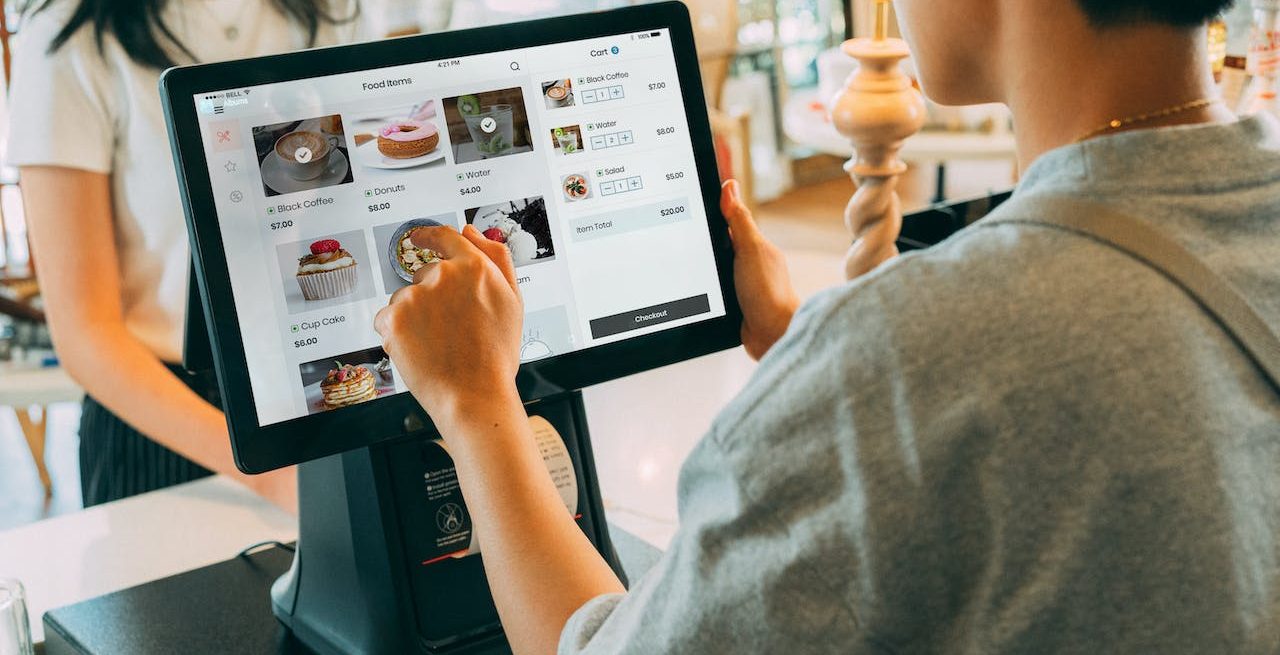How Restaurant Operators Can Harness the Power of POS Data Analytics
3 Min Read By Mo Chaar
By investing in a data-driven POS platform, restaurant operators can address labor challenges, fine-tune their stock management, design promotions based on current trends, reduce human error and more.
Recent findings reveal that researching a new POS for implementation after 2023 is a priority for 43 percent of restaurants, with 29 percent hoping to upgrade their POS for better omnichannel integrations. This shift underscores the evolution of POS systems from mere transactional tools to comprehensive data hubs. In today's data-centric era, it is imperative that restaurant operators invest in a state-of-the-art POS system that offers customizable reports on crucial KPIs such as sales trends, labor expenses and guest feedback.
Here's how restaurateurs can maximize the benefits of their POS data.
Streamlining Inventory and Menu
Studies show that restaurants waste an average of four percent to 10 percent of all the inventory they purchase. Advanced POS systems can monitor that inventory in order to track expenses, identify underutilized ingredients and craft special dishes around them, not only minimizing waste but also adding menu diversity.
These insights can also aid in negotiating bulk purchase deals and ensuring timely deliveries by providing operators with automated alerts for low stock levels on frequently ordered ingredients. Diving into data on individual menu item sales can guide pricing strategies to further enhance revenue and cut costs by helping operators identify less popular items and modify their options accordingly.
Elevating Customer Experience
In an age of increasing convenience and transparency, a seamless ordering process can turn curious diners into loyal patrons. But the right POS should do more than just make the payment process smoother — by combining back-end data with front-end systems, restaurant operators can offer customers more precise wait times while also helping identify service bottlenecks that may be slowing down operations.
And better customer service also translates to tangible savings. Modern POS systems can mitigate costly human errors by streamlining order processes and updating any modifications instantly.
Optimizing Staff Allocation
With 62 percent percent of restaurant operators struggling to hire enough employees to meet customer demand, today’s restaurant sector demands smart staffing strategies. POS systems can scrutinize sales metrics to fine-tune staffing schedules. Features like time management modules expedite schedule creation and offer real-time labor cost insights relative to hourly sales. This ensures optimal staffing during peak hours and versatile role allocation during quieter times.
Real-time data also cultivates valuable feedback that operators can leverage to outline areas of excellence and potential improvement in regards to training. For instance, if table turnover rates are lagging, it might be time to train staff for faster service or tweak the menu for speedier dish preparation.
Harnessing Loyalty Programs and Promotions
More than ever before, individualized experiences have become an essential demand among customers — 71 percent of consumers say personalization will make them more likely to choose a restaurant. POS data can be the key to unlocking these types of tailored marketing strategies and promotions to reach customers of today.
By delving into order histories and discerning customer preferences, operators can devise targeted loyalty initiatives or discounts. For example, by assessing frequent combinations or popular add-ons, restaurant operators can create combo deals or promotions.
Regular analysis of customer preferences can also guide seasonal menu adjustments and staff training for data-driven upselling. A summer favorite dish could lose its appeal in the colder months. Recognize dishes that aren't performing well and think about seasonal adjustments, taking into account the availability of local ingredients or current food trends. Equip staff with this knowledge to suggest complementary items.
Overall, the true value of data lies not only in the insight gleaned, but in the actionable strategies that can be derived from it. By identifying key features and leveraging POS data to unearth pivotal KPIs, restaurateurs can achieve greater efficiency without compromising on productivity, customer experience or their bottom line.


